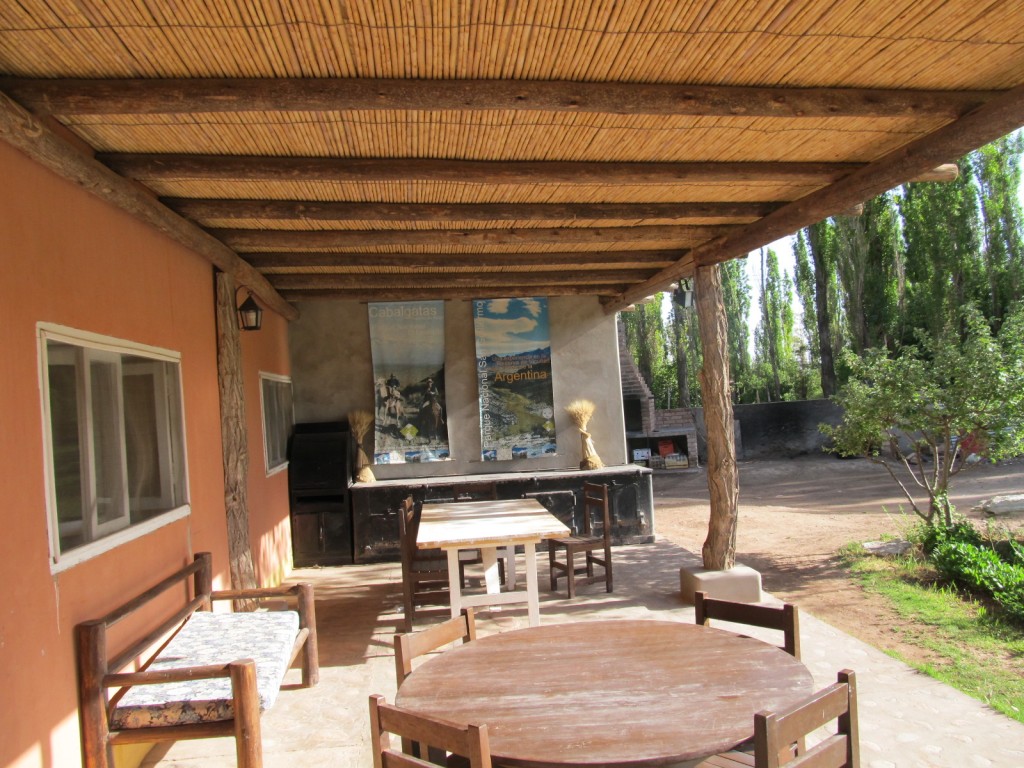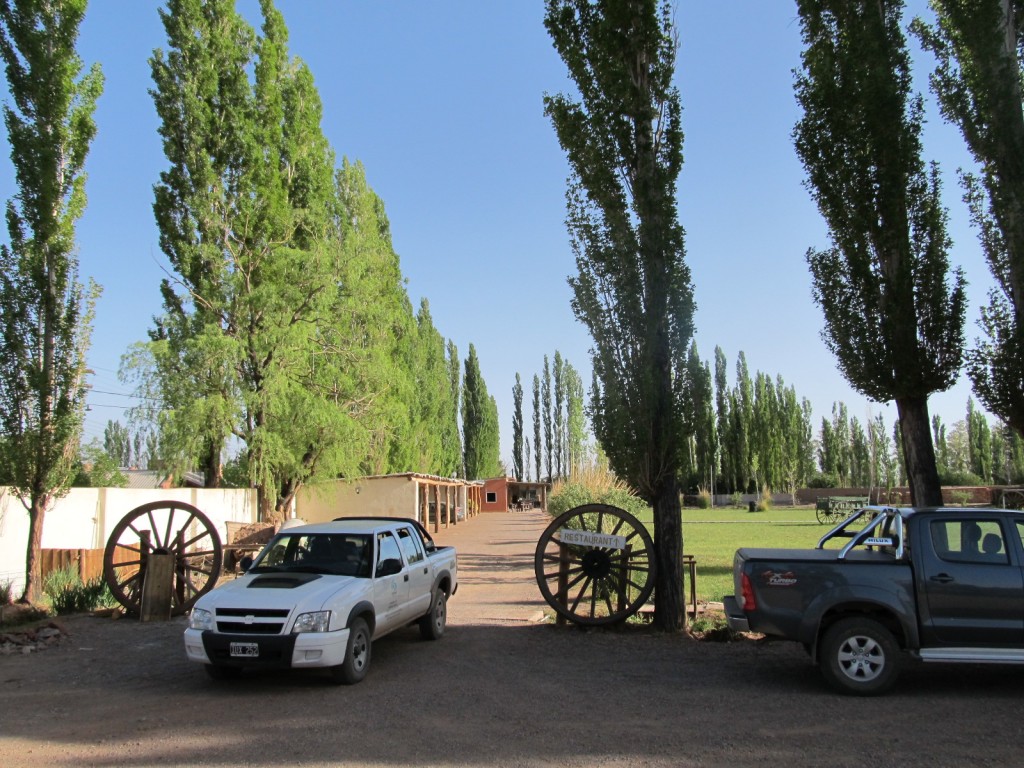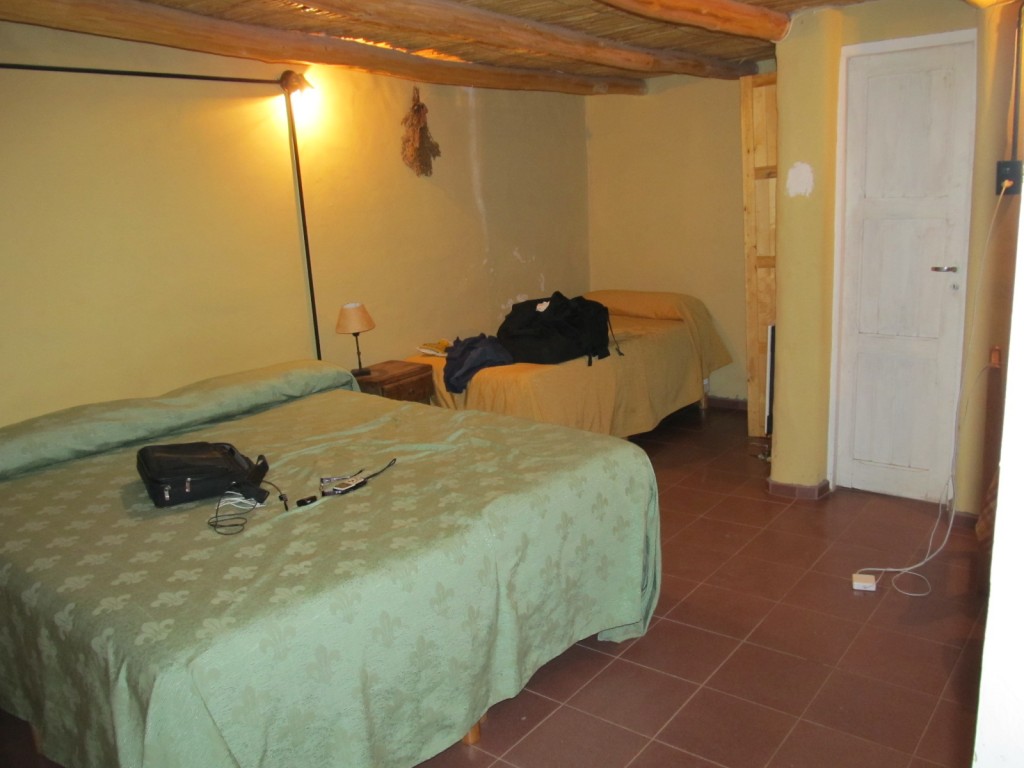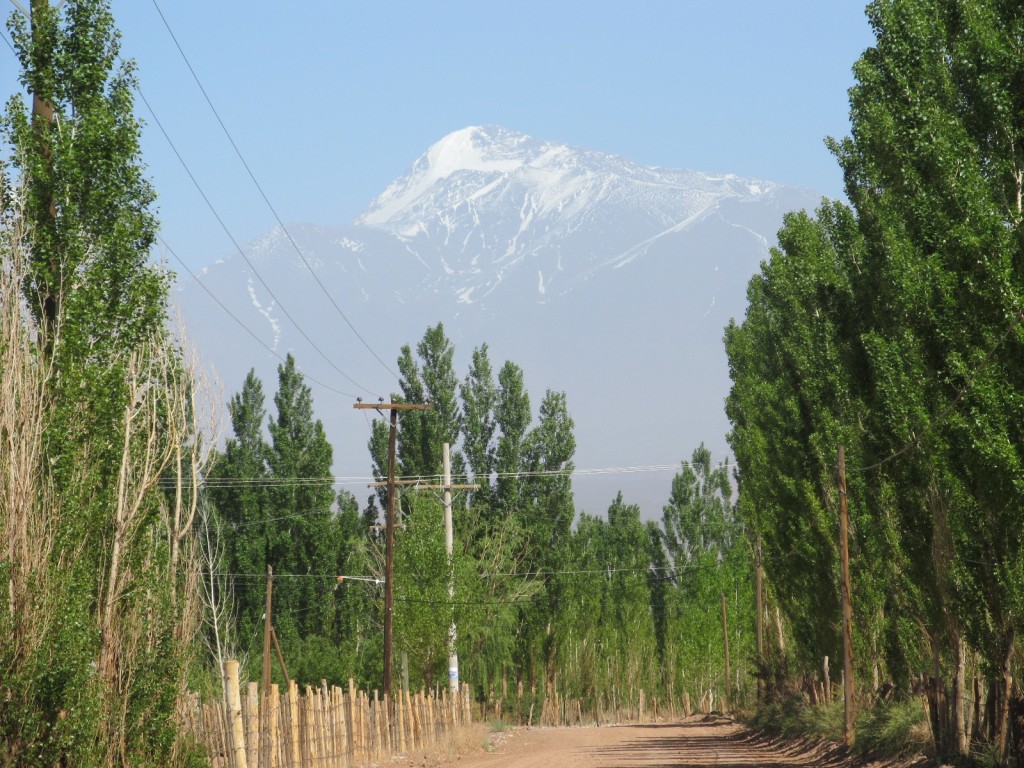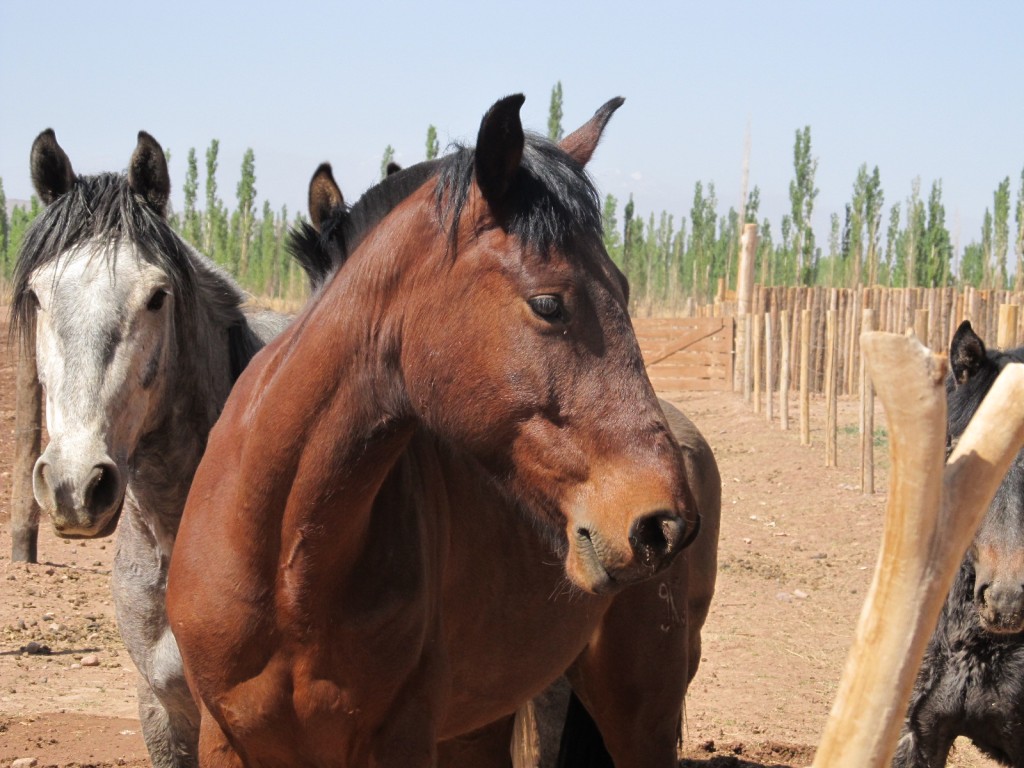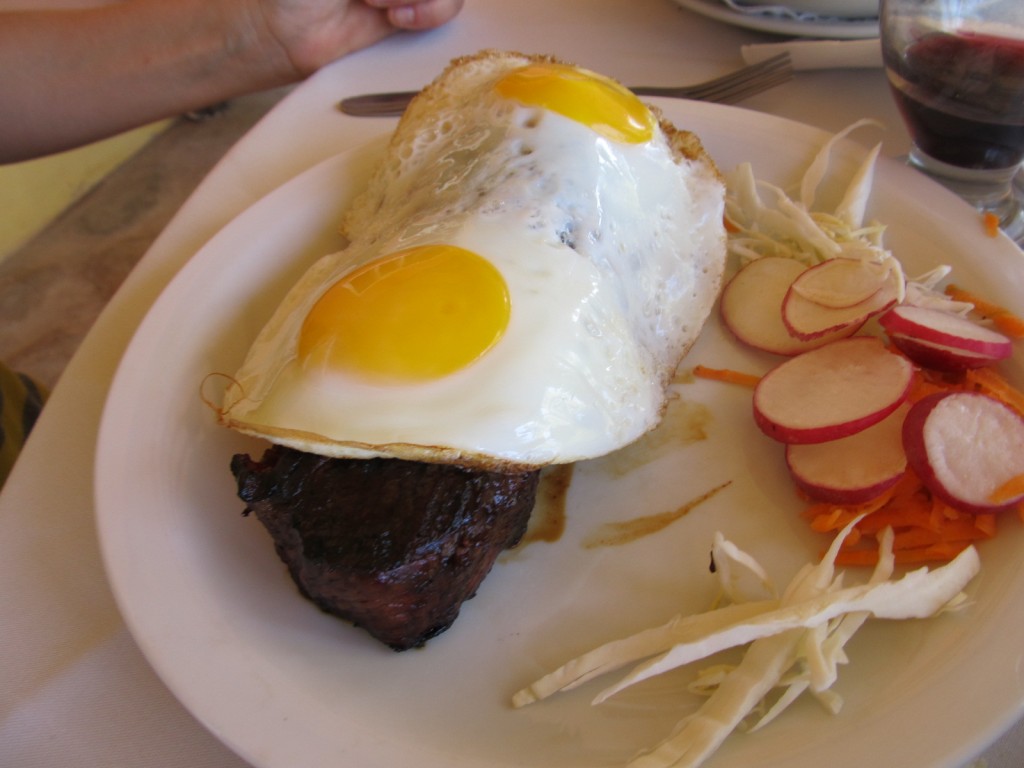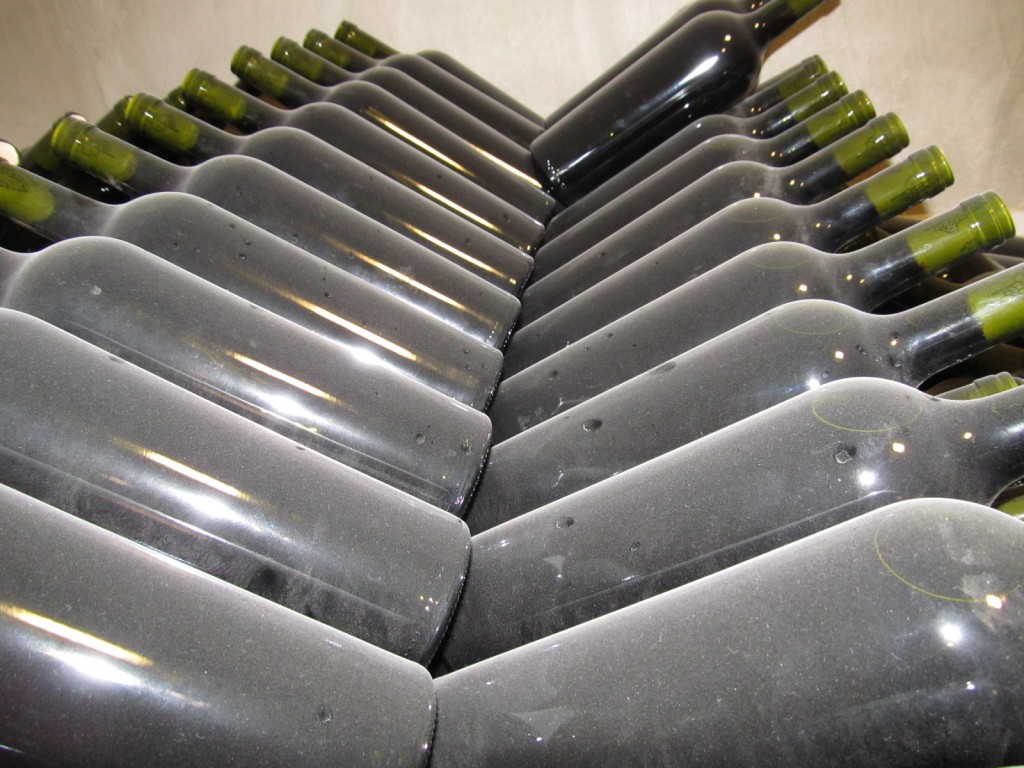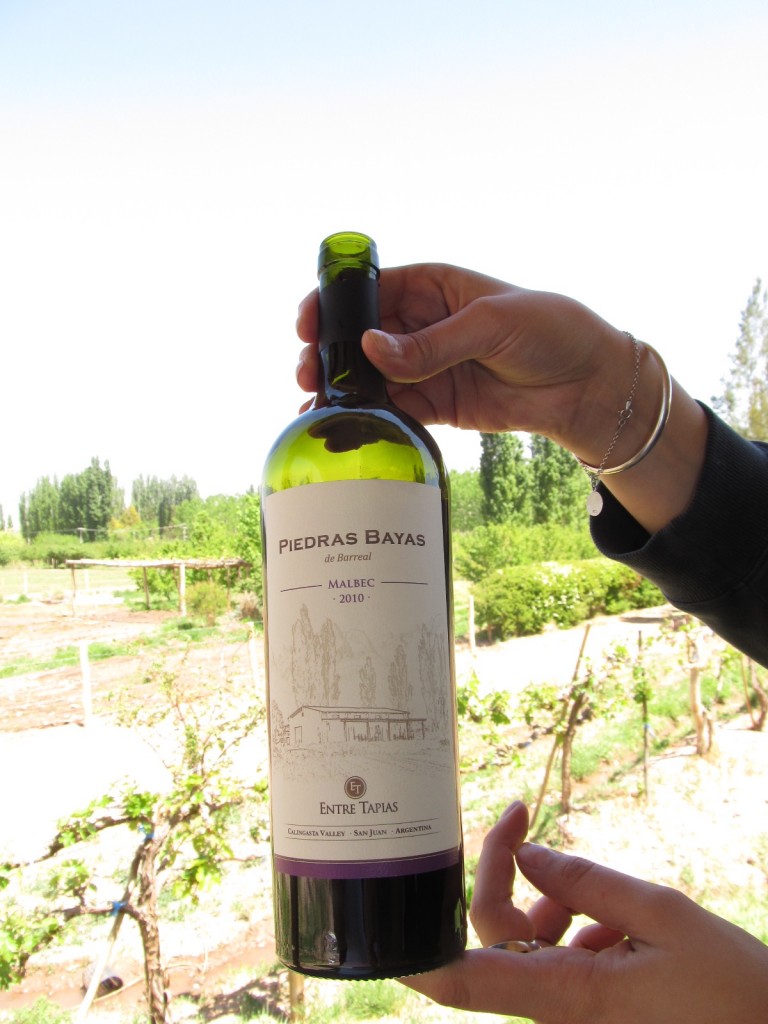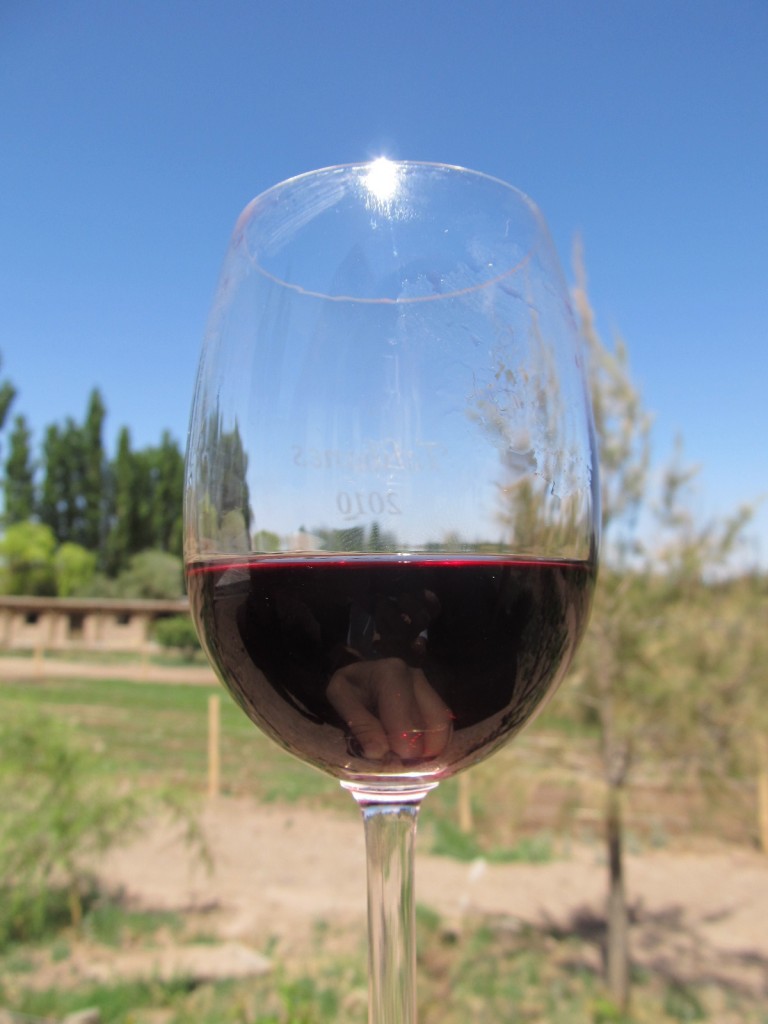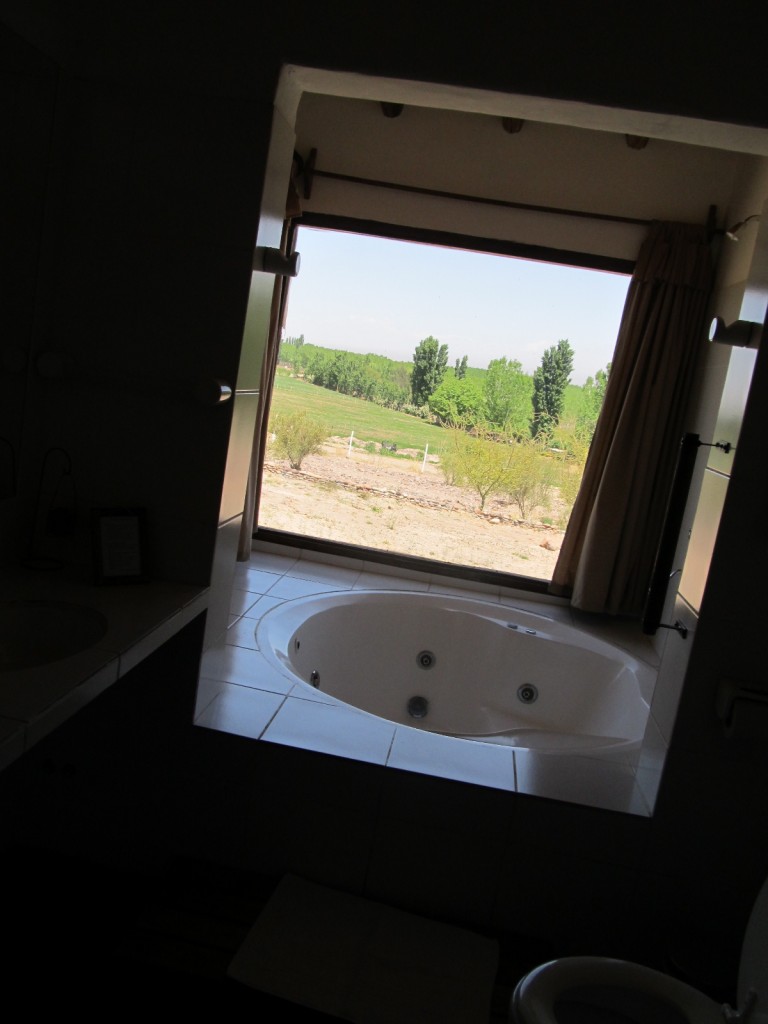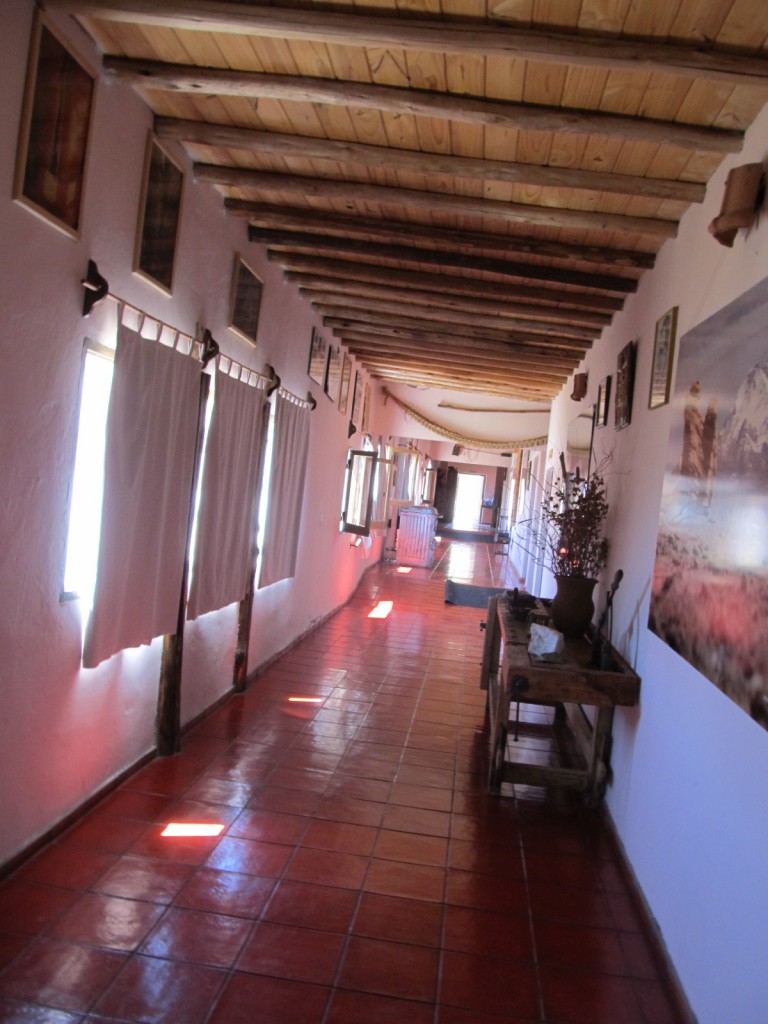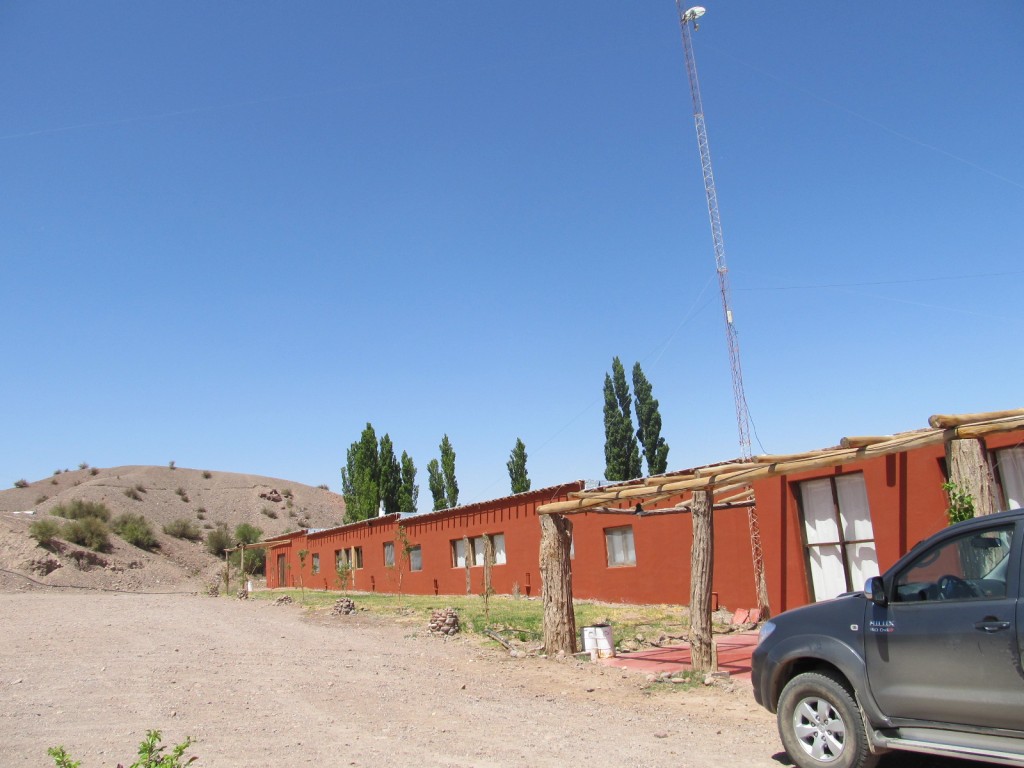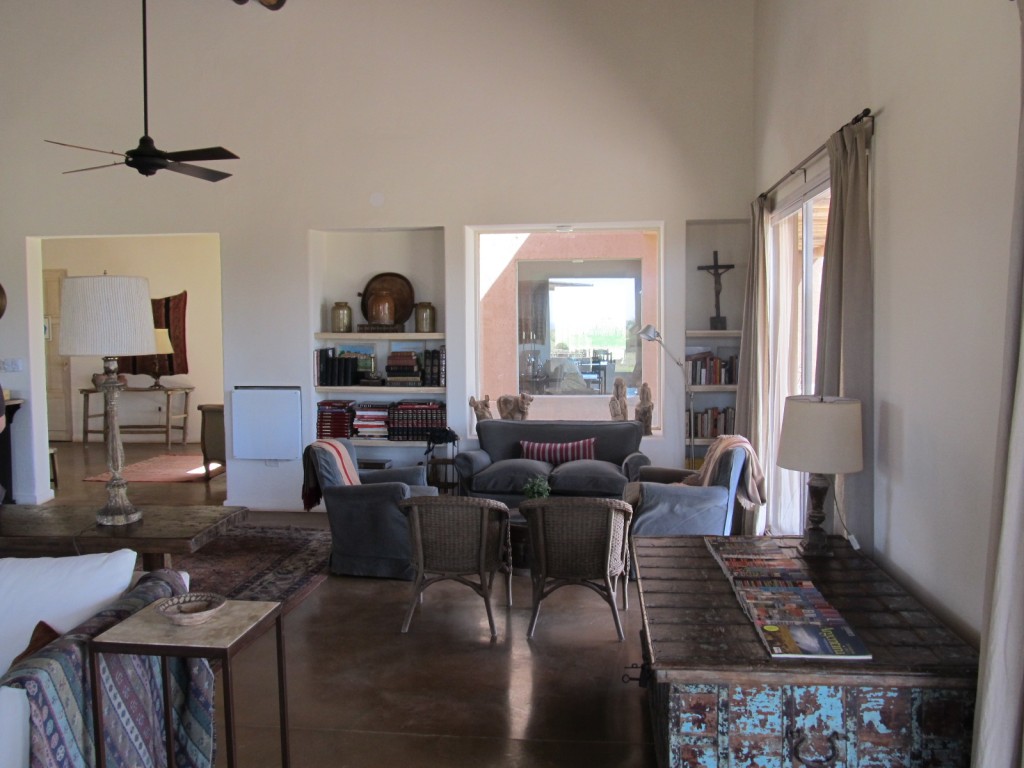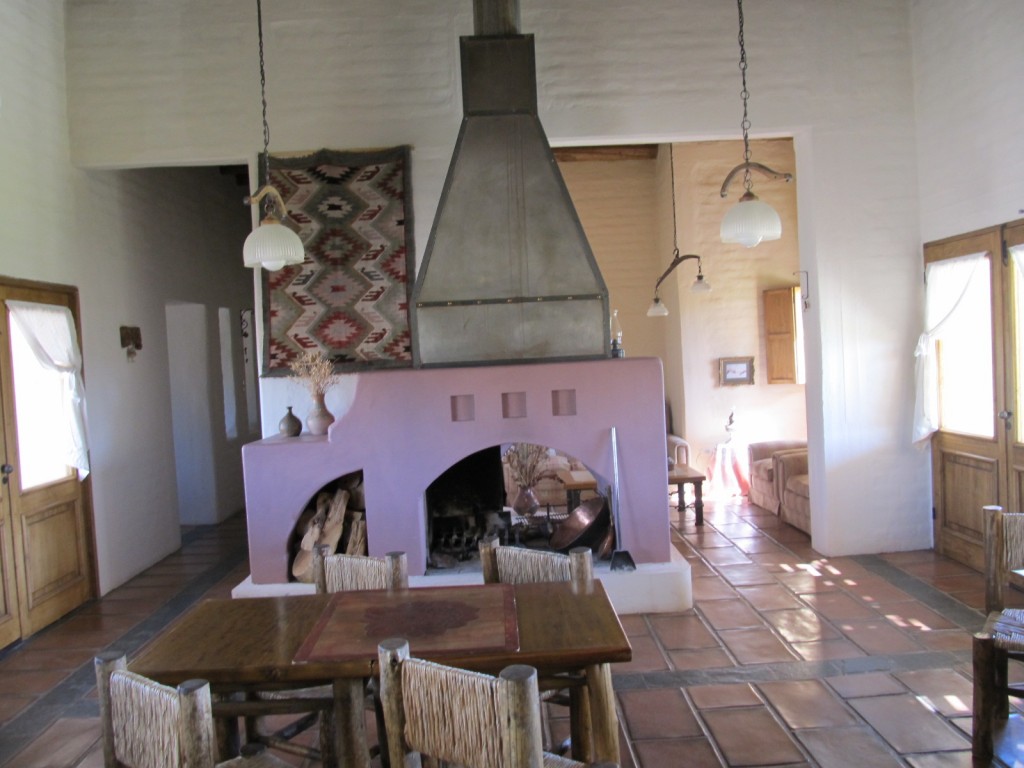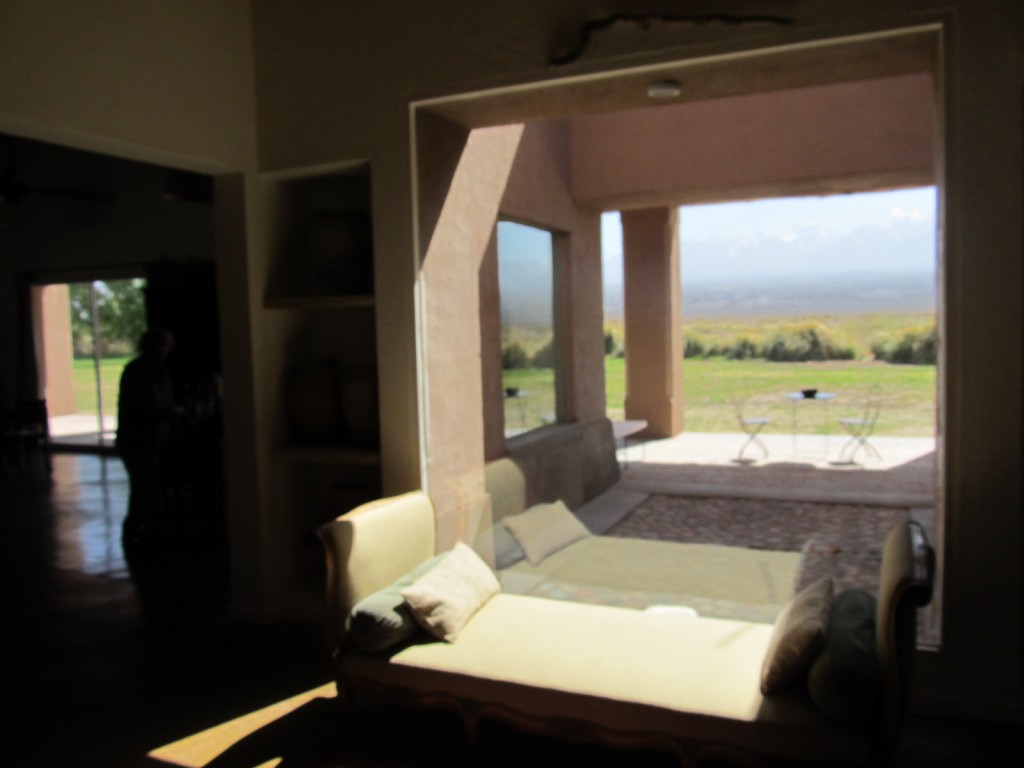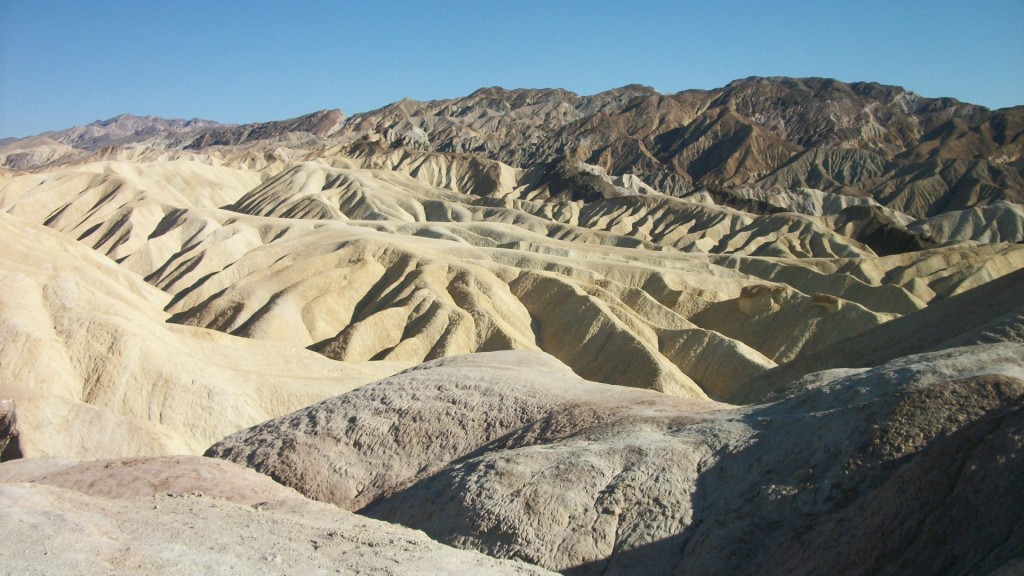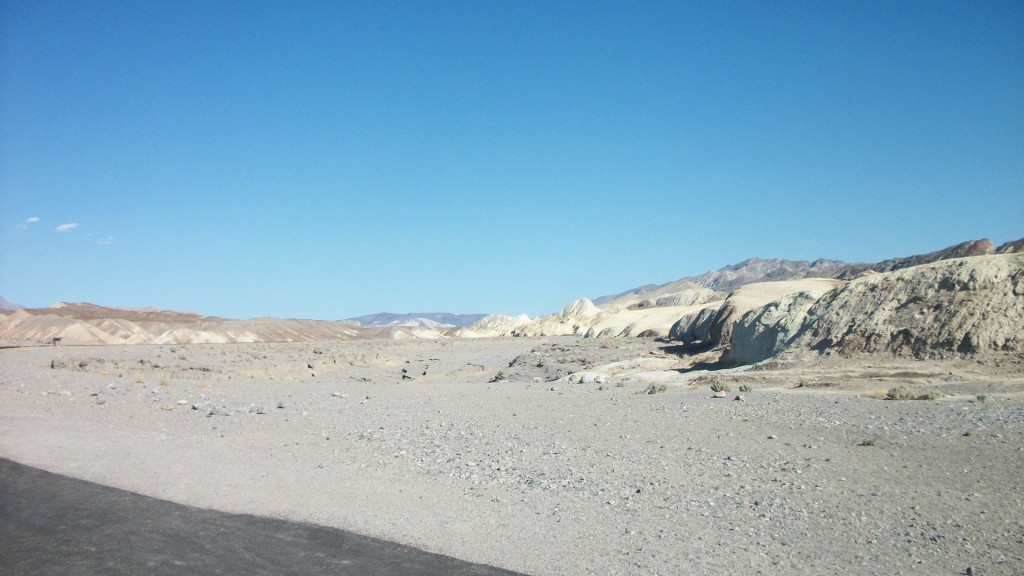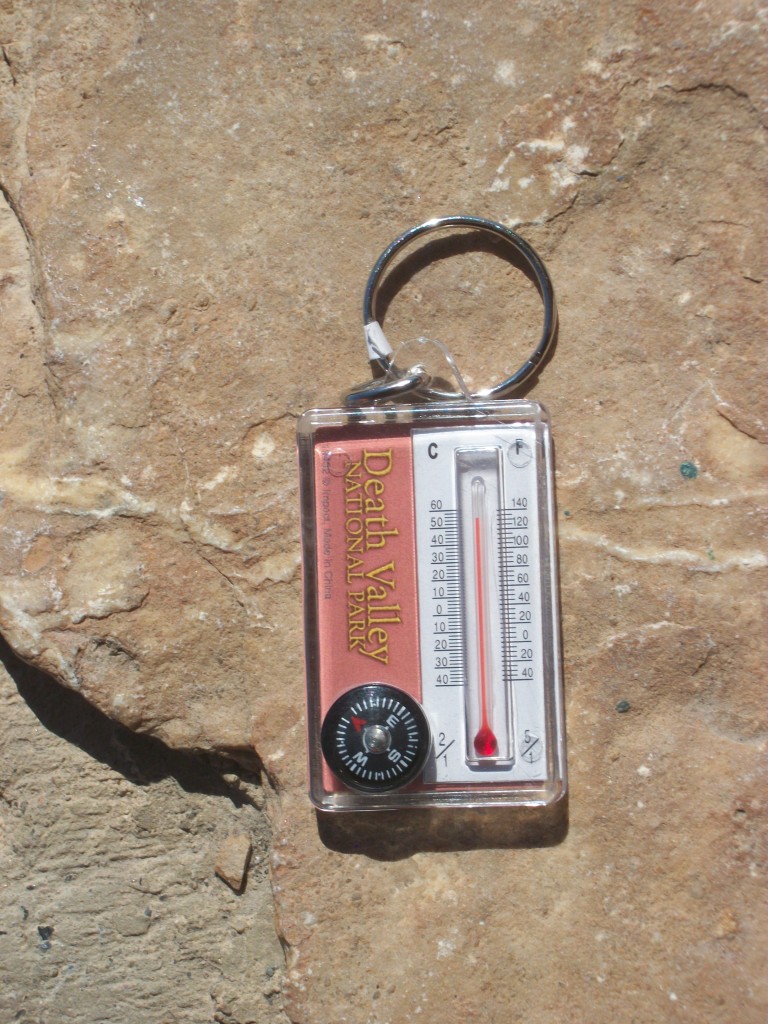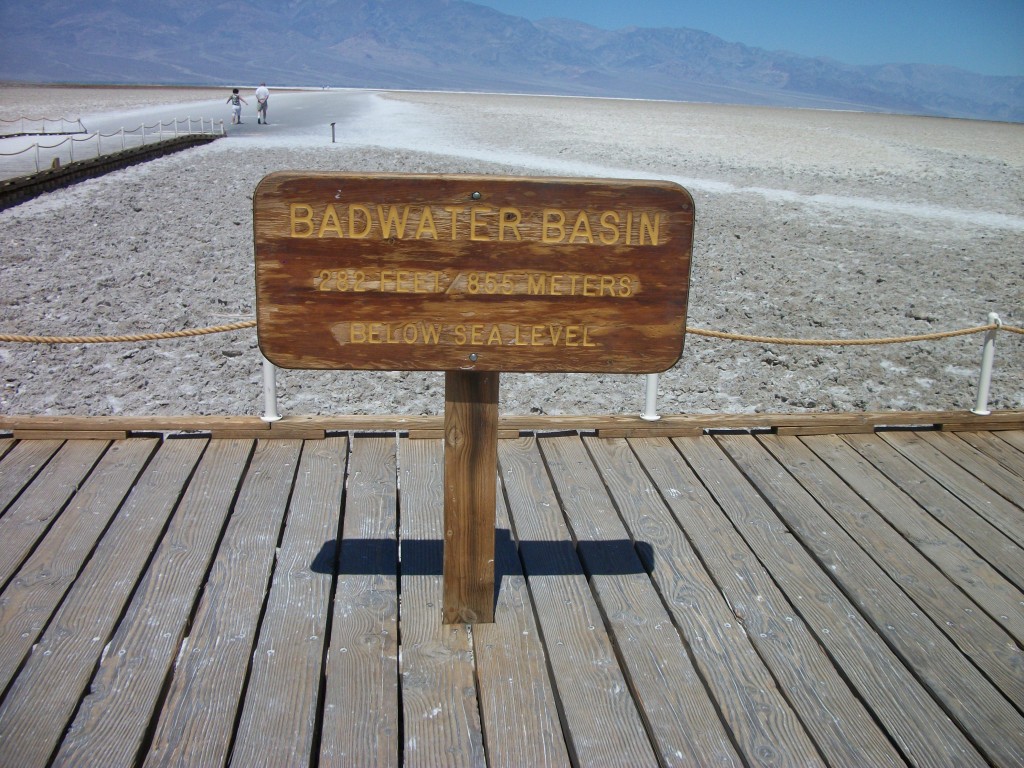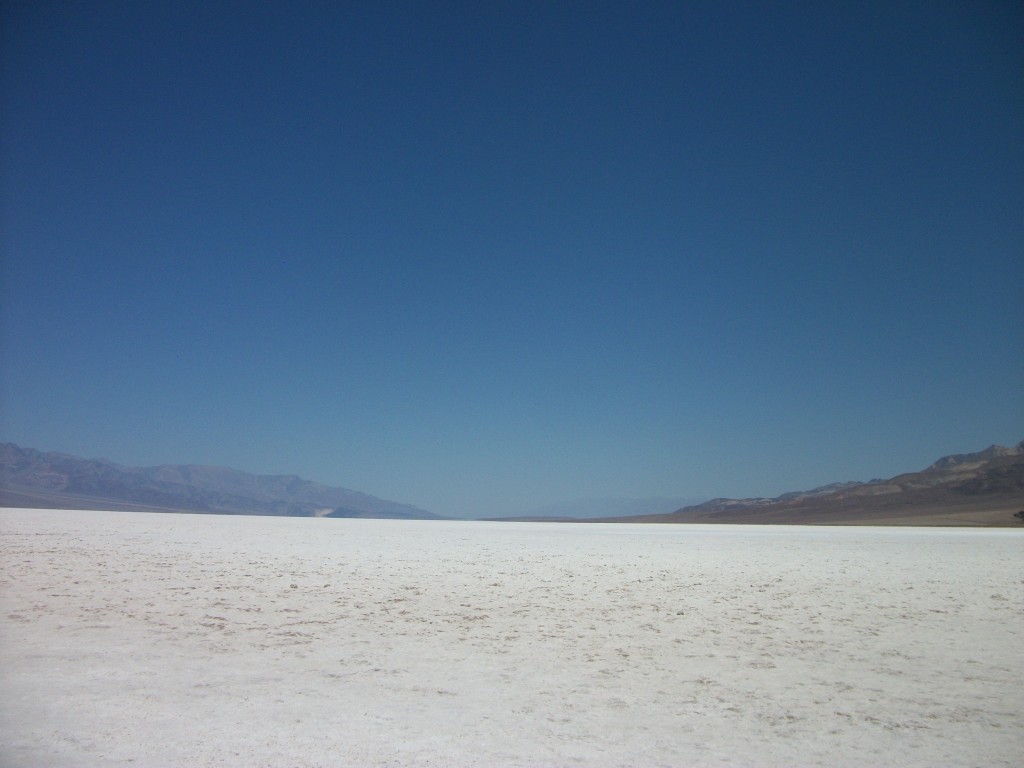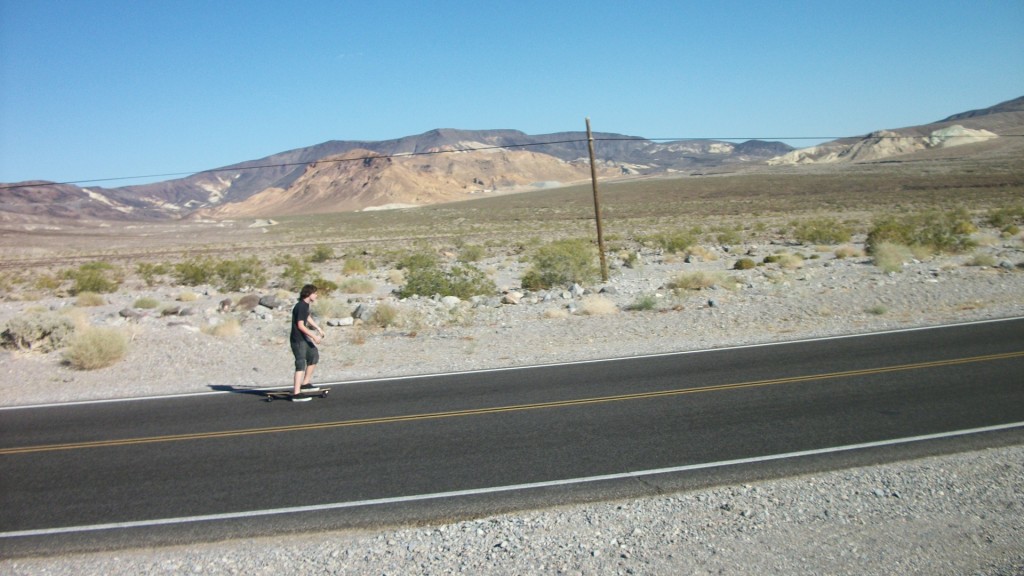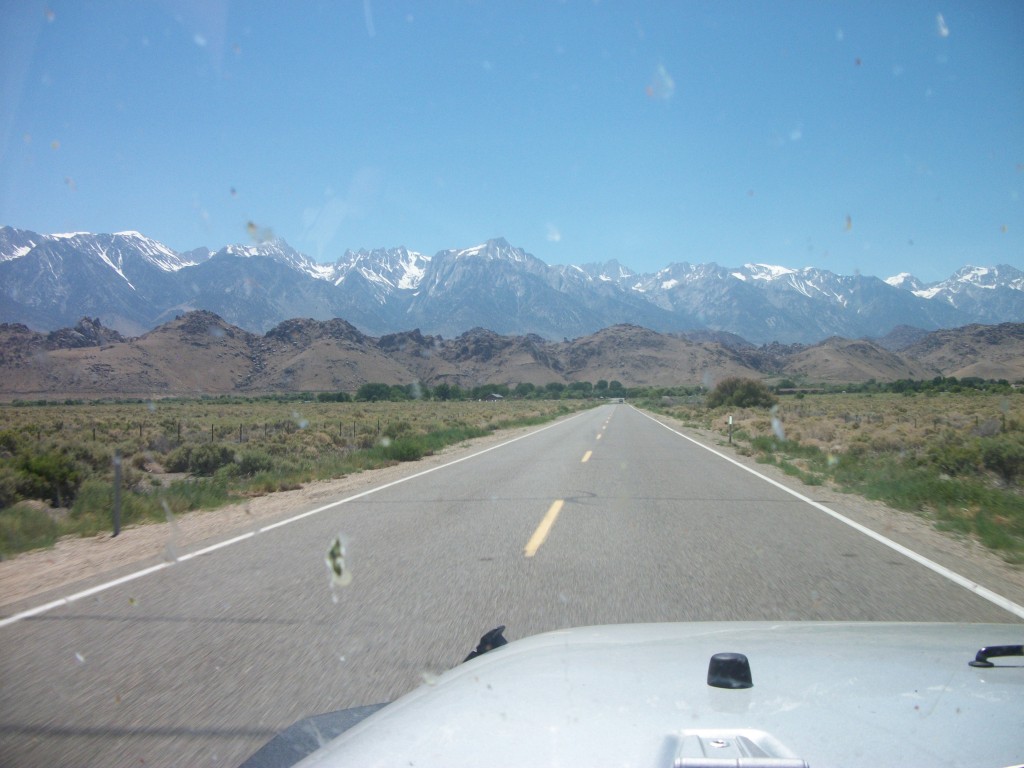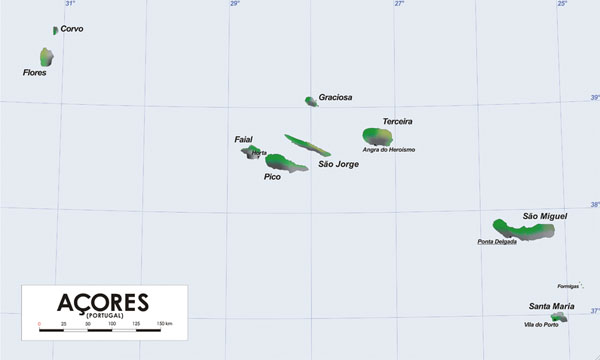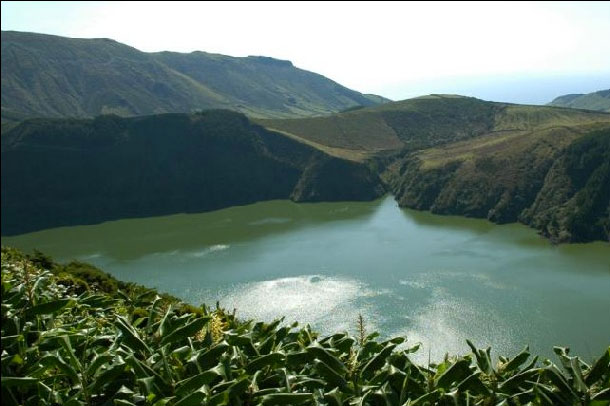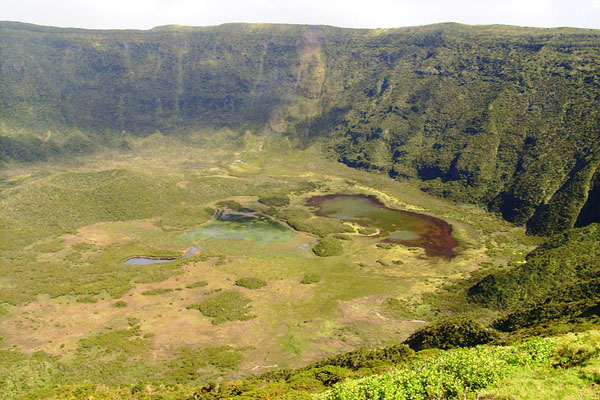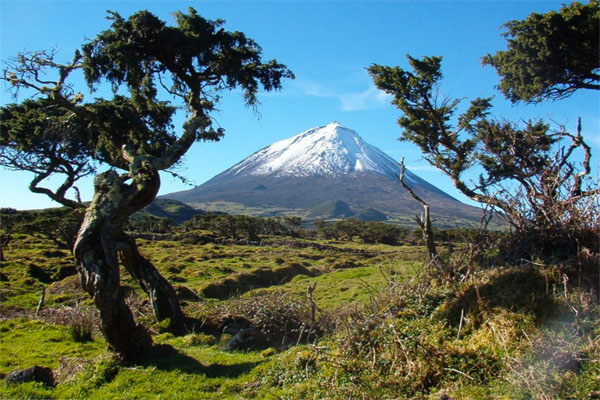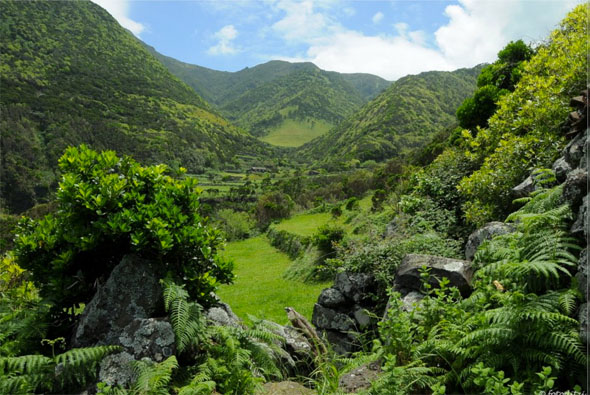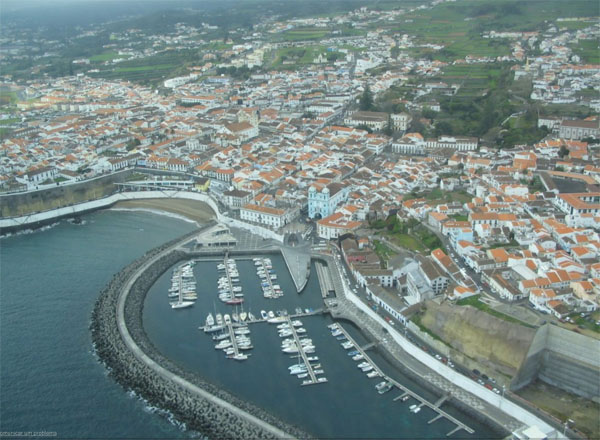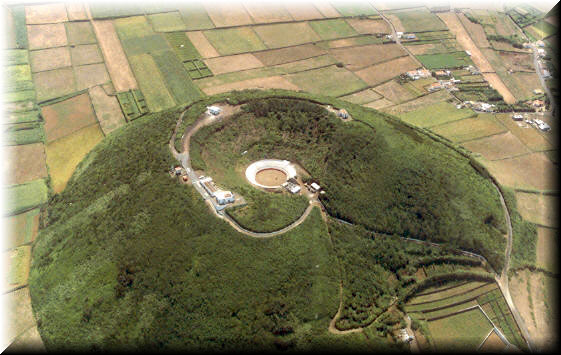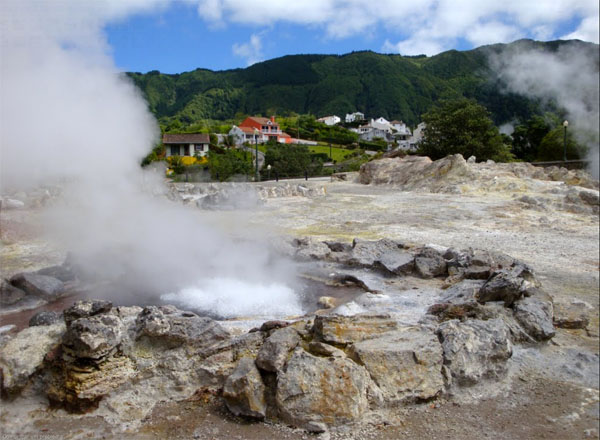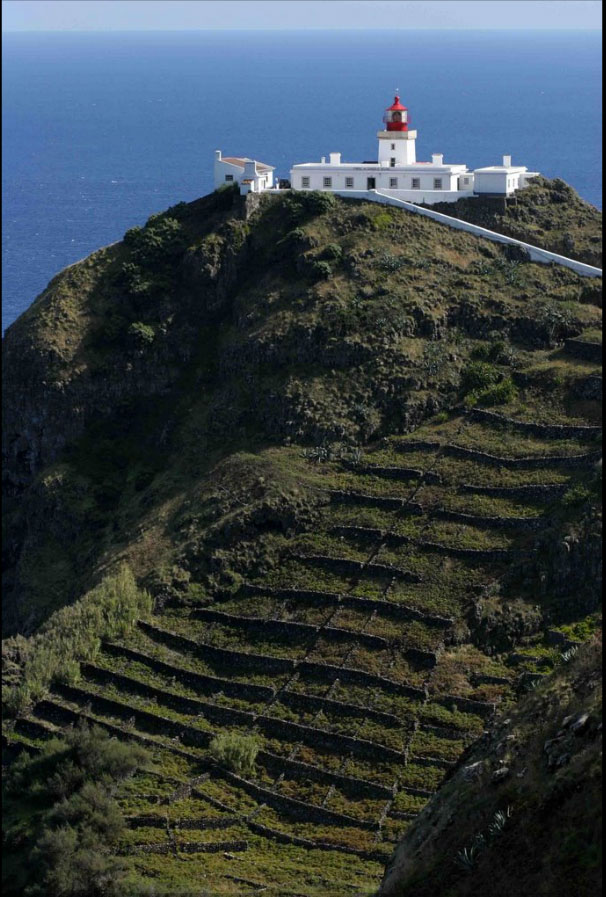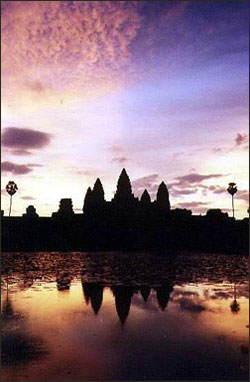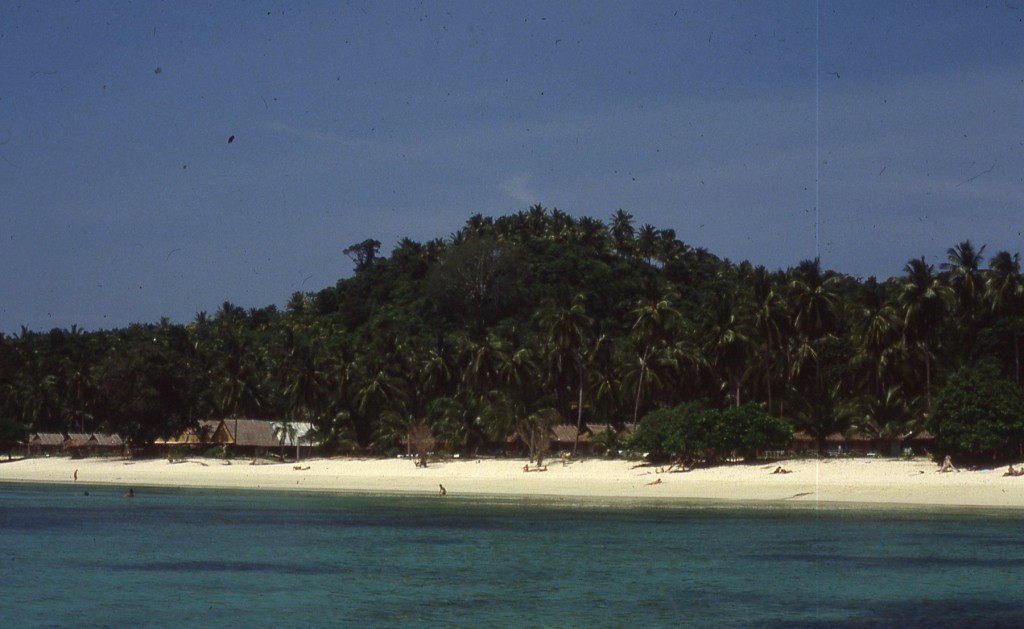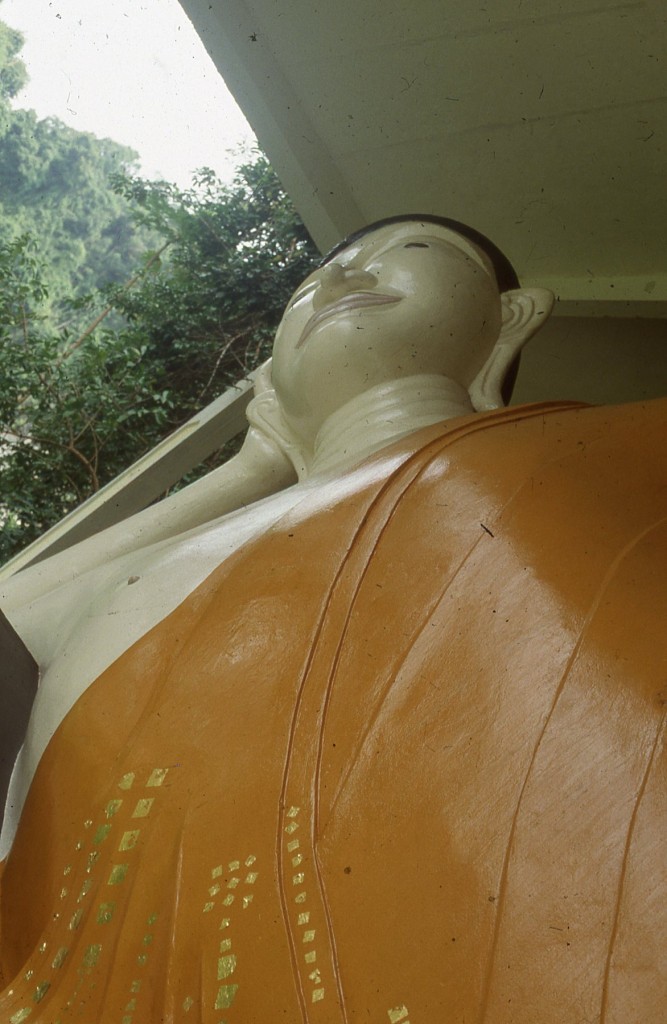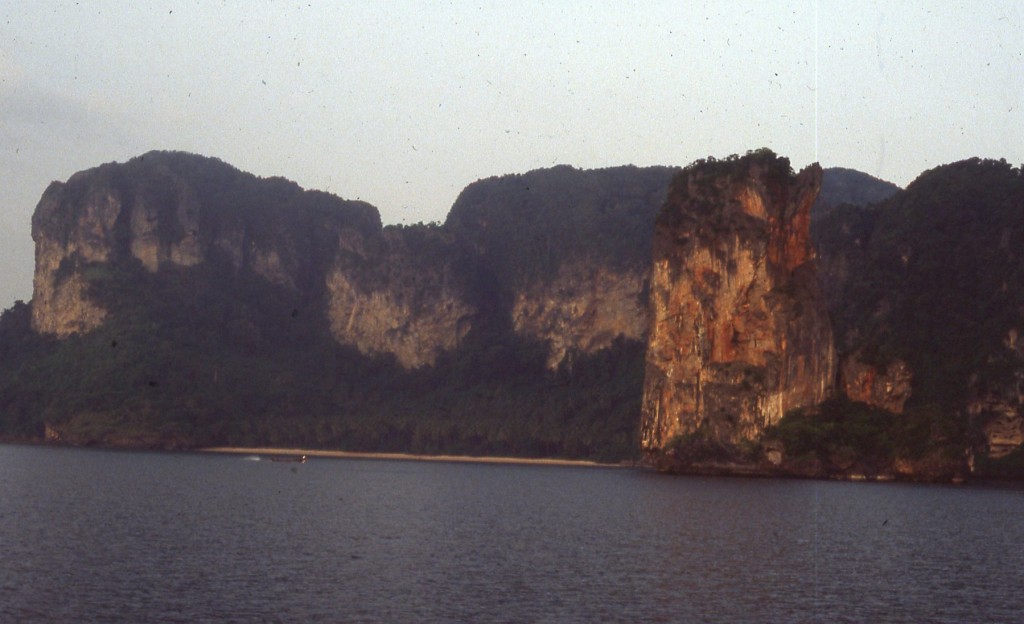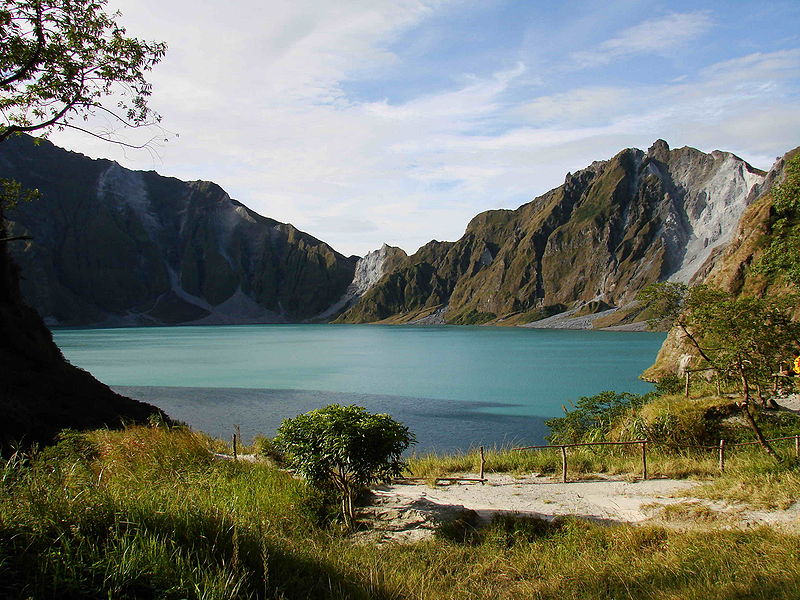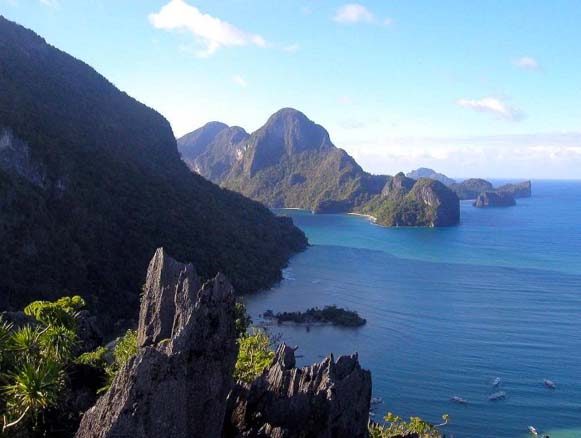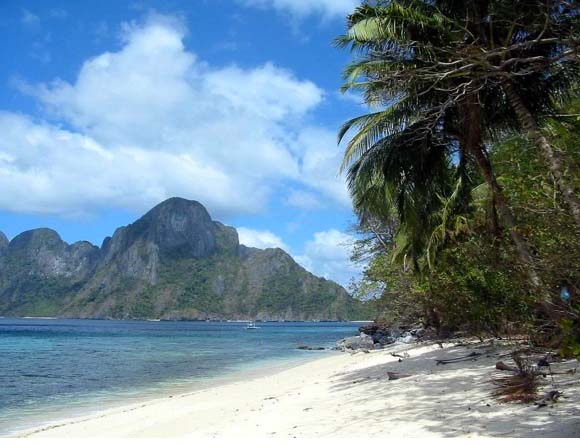Archive for the 'EcoAdventure' Category
ArcticTropic was the guest of Doña Pipa Cabañas in Barreal, Calingasta in western San Juan Province for two nights and a day. The Inn is owned by two brothers , Ramón and Diego Ossa Federico. Ramón runs many eco and adventure tours through Explora Parques – which leads excurions to four National Parks spread out over thousands of square miles – some of the trips last several days. ArcticTropic made use of limited time by going to nearby Parque Nacional Leoncito.
The Posada is comfortable and casual – reminiscent of being in the Western United States, but with delicious Argentine food and wine.
THe rooms are simple and quiet – bu there is wifi !
ArcticTropic took a bike ride up one of the dirt roads in town on a beautiful spring morning.
Riding is also offered – with Western saddles.
A healthy and tasty dinner awaits in the restaurant – welcome protein after a long day trekking and riding. It is open till midnight.
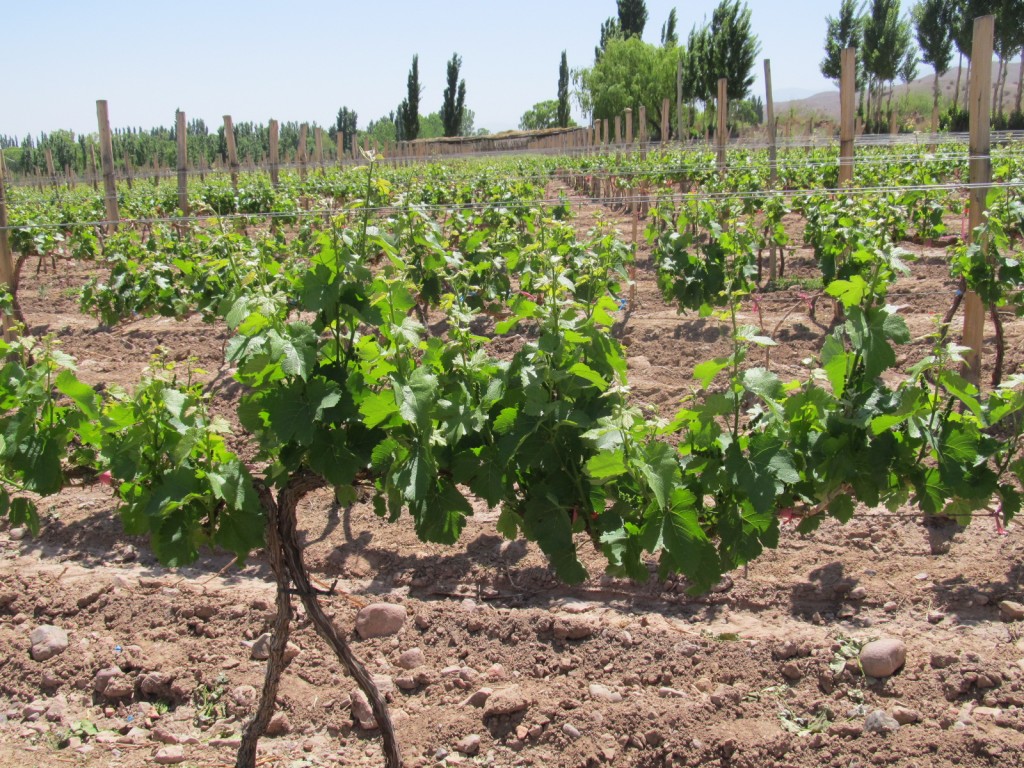
We arrived in Barreal late at night. The next day was for adventure – but first a tour of some wineries and inns, so we could see where adventurers might spend comfortable evenings enjoying gourmet food and wine.
Piedras Bayas , in operation for about 5 years, creates excellent boutique Malbecs and Shiraz.
Only about 25,000 bottles a year are produced and unfortunately not available outside Argentina at this time.
A rich Malbec reflected in the warm desert sunshine.
We went on to a delightful desert inn – Posada Don Ramon.
The adobe hallway.
Satellite internet is available at 256 k .
Posada Los Patos is an excellent getaway.
In winter the entire inn is heated b y fire. In the day it is 15 C , about 59 F , but at night the temperature drops to -15 C or about 8 F.
Incredible views from bed !
FOR ADVENTURES IN ARGENTINA, CLICK HERE
This past June ArcticTropic and family took an extended Western journey covering California,Arizona and Nevada. One of our stops was Death Valley, the second hottest place on Earth – with an all time high of 134 degrees. In Libya 136 has been recorded, but Death valley has 130 + temperatures more often.
In general there is almost no vegetation. Years can go by without any significant rainfall. Water can arrive in the form of floods from far away cloudbursts or snow melt.
As it was only June the temperature was just 110 in the shade, 130 in the sun. This picture was taken at 8:30 in the morning.
The lowest place in North America, 282 ( 87 m) feet below Sea Level.
Dried up sea bed – all salt.
Those who don’t plan in advance will pay through the nose at the only gas station.
Skateboarding though Death Valley.
Onwards to the snowy Sierras !
FOR ADVENTURES IN THE UNITED STATES, CLICK HERE
After a rough sail southwards from Iceland, dodging icebergs along the way, we finally make landfall about 10 days after leaving Reykjavik Harbor. At 39’30’ North, 31’ 10” West we reach Corvo.
Corvo
Flores
Most of the islands were or are still volcanic. Many have hot springs. The Azores are one of the the highest mountain ranges in the world after Hawaii.
Faial
Pico
The mild mid North Atlantic is not known for snow – but Pico is snowcapped half the year.
São Jorge
Though in the high 30’s North Latitude ,São Jorge has an almost tropical feel.
Terceira
From here one can fly to Lisbon, and in the summer – to Boston.
Graciosa
São Miguel
Santa Maria
And now, we continue to the Portuguese islands of Madeira. An interesting note – almost all the islands of the Atlantic speak either Portuguese ,English or Spanish– or dialects thereof.
A word from a sponsor …………
All Points East has been offering exciting small group and family adventure holidays to South East Asia for over 10 years. Whilst we recognise there are ‘must see places,’ we also realise that the modern day traveller has a desire to uncover each country’s best kept secrets – off the beaten track.
With exciting itineraries to Thailand, Laos, Cambodia, Vietnam, Yunnan, Malaysia, Borneo and Sri Lanka, All Points East has a proven philosophy – to provide small group tours that ensure genuine interaction with local people.
Winners of the 2010 Tourism Authority of Thailand Green Award, we have a commitment to local communities and to ensuring that our tours have respect for the people and places we visit.
As much as possible we stay in smaller, locally run hotels and guest houses, eat in local restaurants and use local style transport. Guides and agencies used are considered friends rather than business contacts. In keeping with our commitment to the communities we visit, our group sizes are usually a maximum of 10, very occasionally 12.
If this style of travel is for you and you want to get to know the real South East Asia, we would love to show it to you.
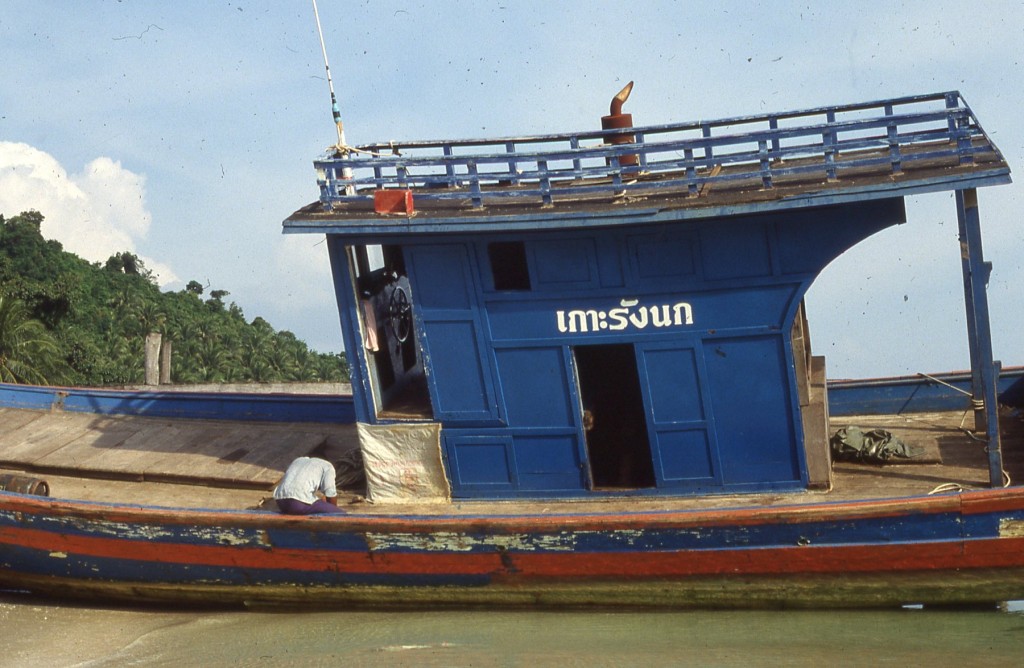
In 1988 the Phi Phi Islands in the Thailand’s Andaman Sea were an almost untouched paradise. I was lucky enough to visit, as a backpacker, before rampant development began in the 90’s.
The Bungalow Beach where I spent several days.
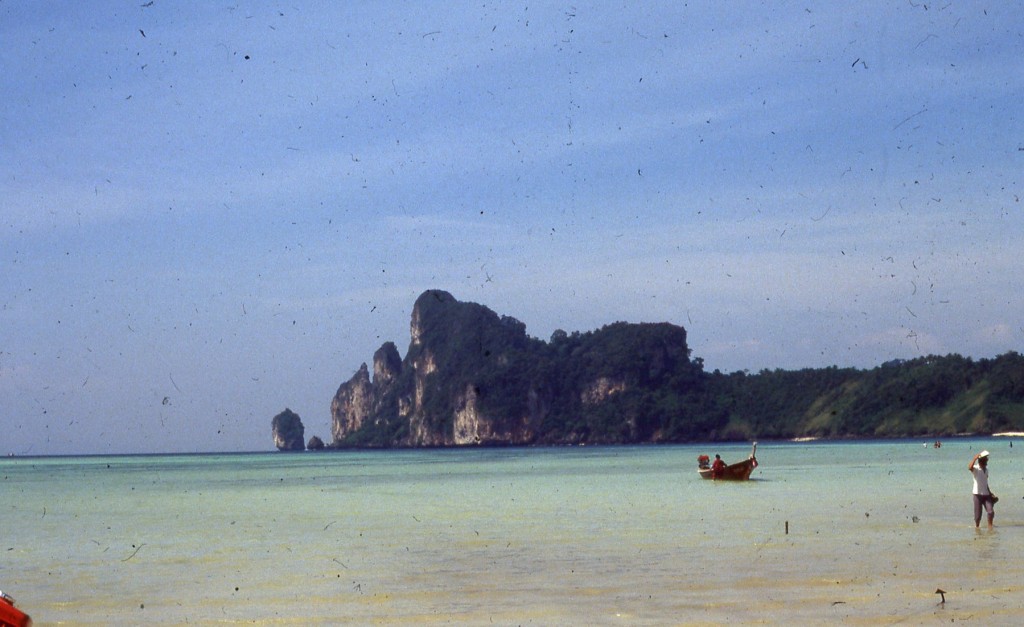
I began my journey from Krabi, a fishing port that did not yet have an airport or any hotel over two stars. About three hours later we arrived in Phi Phi. The largest structure on the island was a beautiful open-air mosque made of wood and palm fronds.
The village had no central electricity, though several bungalow settlements, the only accommodation available, ran generators from 6 to 10 PM. The bungalows were made of straw and wood.
Snorkeling the pristine reefs was amazing. Lazy lemon sharks mixed with millions of psychedelic fish and plants.
Nightlife was a trek to the village to gather around a roaring fire to eat fresh grilled fish washed down with Kloster beer, fresh from the ice pit. Later the traveler’s tales would begin, fueled by the passing around of some Mekong Whiskey.
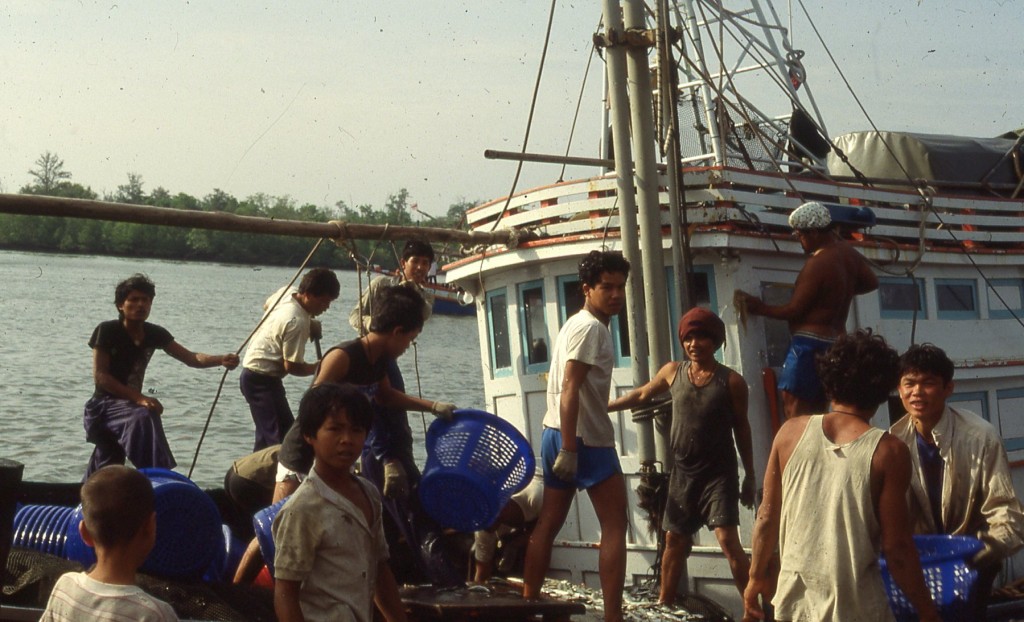
When I returned in 1995, the environment had been destroyed by greedy developers. An ugly concrete hotel stood where the mosque had been. The coral walls around the swimming pool had been dynamited from the reefs. The water was cloudy and devoid of fish. Jet skis drowned out the sound of the wind and swaying palms.
The 2004 tidal wave temporarily returned Phi Phi to its original look, but apparently the developers have returned with a vengeance.
Krabi Beaches.
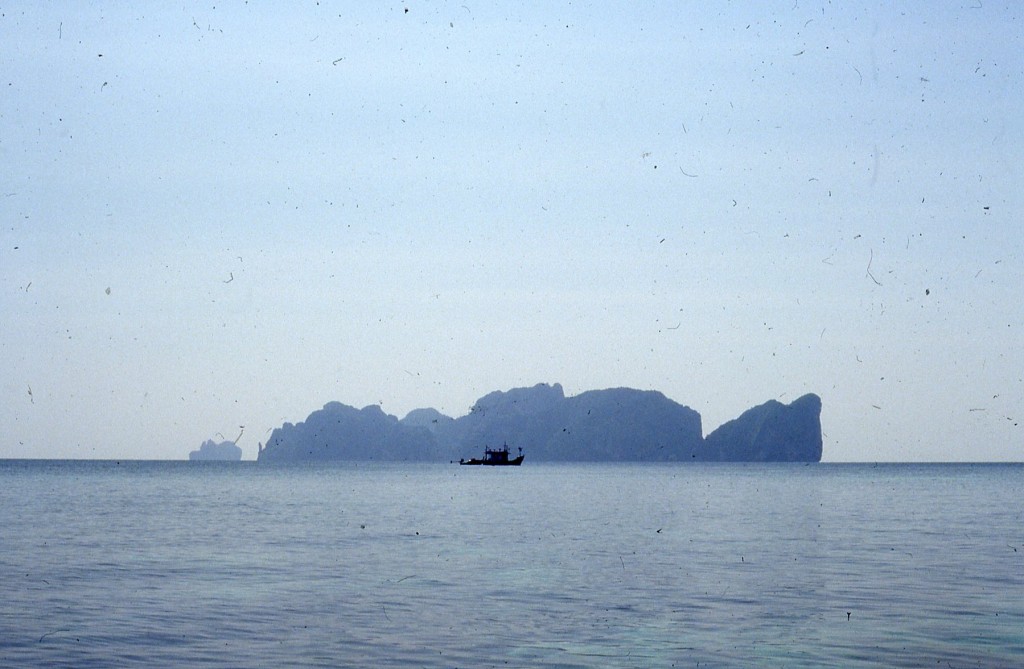
One must now go further and further in Thailand to find Paradise. However, nearby Burma offers thousands of untouched Andaman Islands. ArcticTropic will research those islands and report shortly. If anyone is headed there soon, please let us know.
The Philippines offer extreme adventure and incredible vistas . The island nation is easily accessible from Hong Kong for shorter getaways and is well worth the trip from Europe and North America for longer expeditions. Above is a volcanic lake not far from Mt.Pinatubo.
Palawan, Northeast of Borneo in the South China Sea is excellent for mountaineering and diving . The Coral Reefs are pristine and mostly undisturbed.
ArcticTropic will be adding several new providers in the Philippines today. Reminder to current providers : Keep your websites up to date, or you lose your opportunity to reach our adventurers !
Many Europeans travel 16 hours to Madagascar just to lounge on a beach. More intrepid travelers go to explore the unique ecosystem that exists nowhere else on Earth – it is like a lost continent – as diverse as Australia, having split off from the rest of the world millions of years ago.
FOR ADVENTURES IN MADAGASCAR, CLICK HERE
Day One
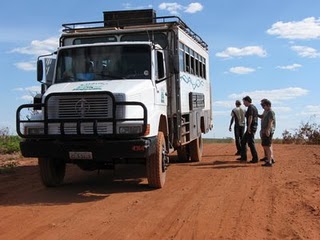
On the morning of Wednesday, August 27th we boarded the giant Korubo all terrain vehicle for our 300 km, 8-hour journey into the Jalapão desert, to the Korubo Safari Camp on the Rio Novo. Google Coordinates: 10 35 22 07 South 46 45 27.04 West.
About 2 hours after leaving Palmas, the capital of Tocantins State, the paved road ended. We had a delicious lunch in Ponte Alta, where the dirt roads begin. Brazilian food is heavy – meat, rice, beans, bread, potatoes, farofa, at almost every meal.
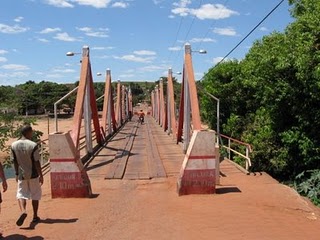
After lunch we took a short walk through the town .
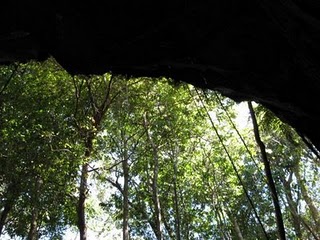
About 20 minutes out of town, we were driving through baking hot scrubland. The temperature was about 42 C, 108 F. Although this is “winter” south of the equator, it is the hot dry season. When the rains come in “summer” – December and January the temperature might only get to 33 C, or about 91 F. There is no humidity – so 100 degrees is like 80 in Miami or New York – quite comfortable. By night the temperature drops to the 50s – and to near freezing in June and July.
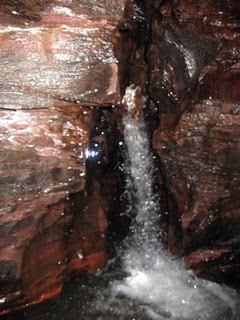
As we went thought the scrubland there was little shade, the fields were motionless in the heat. At that point we stopped and walked into a field and we could hear water rushing. We walked down a hill and noticed a small crevice. As we followed it the divide became wider and we then climbed down into an underground river. The temperature was at least 30 degrees cooler 25 C or 77 F and there were refreshing waterfalls everywhere.
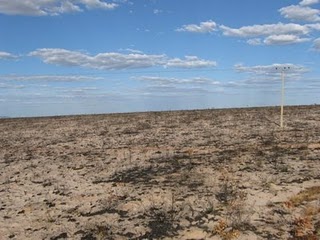
Back on the Korubo truck we headed out into an absolute wilderness. No towns, or even houses for hundreds of kilometers. The land is flat and sandy, broken by mesas and buttes. Fires race across the land, consuming the thin cover of grass and brush.
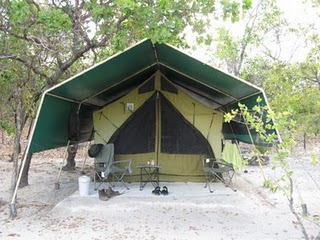
At sundown (6 PM) we arrived at Korubo Safari Camp.
Here is a quick tour of the camp. Korubo is completely eco friendly. The Rio Novo is perfectly clean due to no human or cattle habitation in the surrounding terrain.
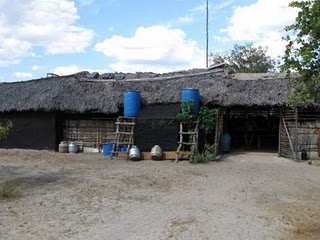
Water from the river is used for cleaning, cooking and drinking. You can drink directly form the river. There are no plastic water bottles here, unless they are being recycled.
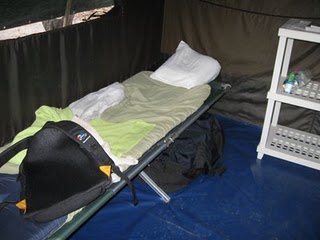
There are fixed tents that never need to be taken down, due to the consistency of the weather.
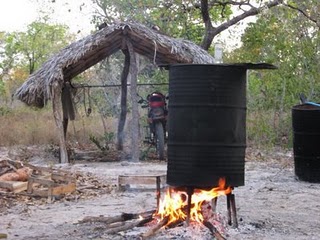
The shower water is heated by fire, allowing to hot water at the end of each day. Toilets are similar to those on a boat – all waste is dried (far from the camp) and taken to an incinerator in Palmas.
Food is tasty and plentiful. Beer and caiprinhas are served with dinner. Nighttime activity can be gazing at the Southern Hemisphere stars or reading in the tent under a solar powered lamp.
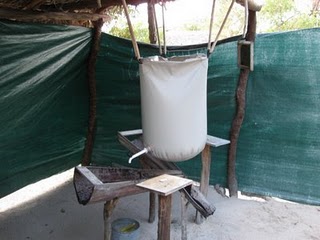
All power in the camp is solar – I even charged my laptop from a solar generator. Korubo may be rustic , but it is run with professional perfection. Check out their website HERE.
By the way , you can avoid 8 hour drive by flying to a nearby airstrip – but that would take away a lot of adventure.
FOR ADVENTURES IN BRAZIL, CLICK HERE
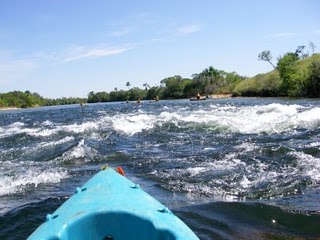
The sun comes up about 6: 30. A wakeup swim in the river is followed by a light breakfast. We are off for kayaking in the Rio Novo.
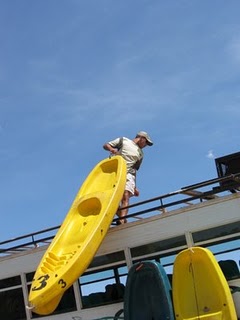
We go over some class one rapids. Overall it is an easy trip with only a few tipping over. The Korubo truck brings us back to camp.
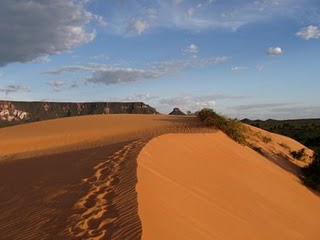
In the late afternoon we drive to the giant sand dunes in Jalapão National Park.
One of the great things about the Korubo truck is riding on top of it – a great way to observe and take photos.
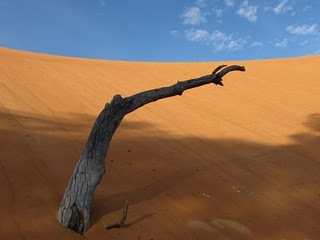
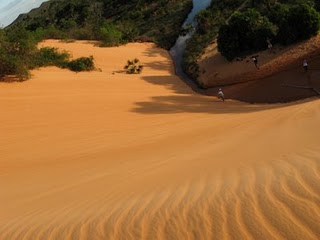
We stay on the dunes until sunset.
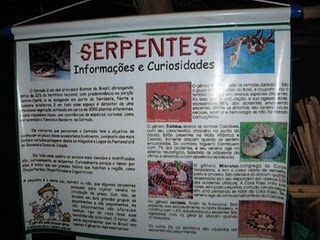
In the camp one must be on the lookout for snakes.
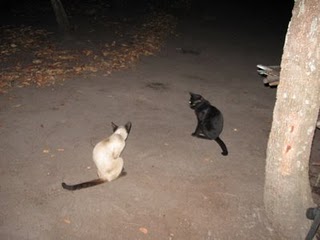
Cats guard the perimeter – they are faster than the cobras !
FOR ADVENTURES IN BRAZIL, CLICK HERE

